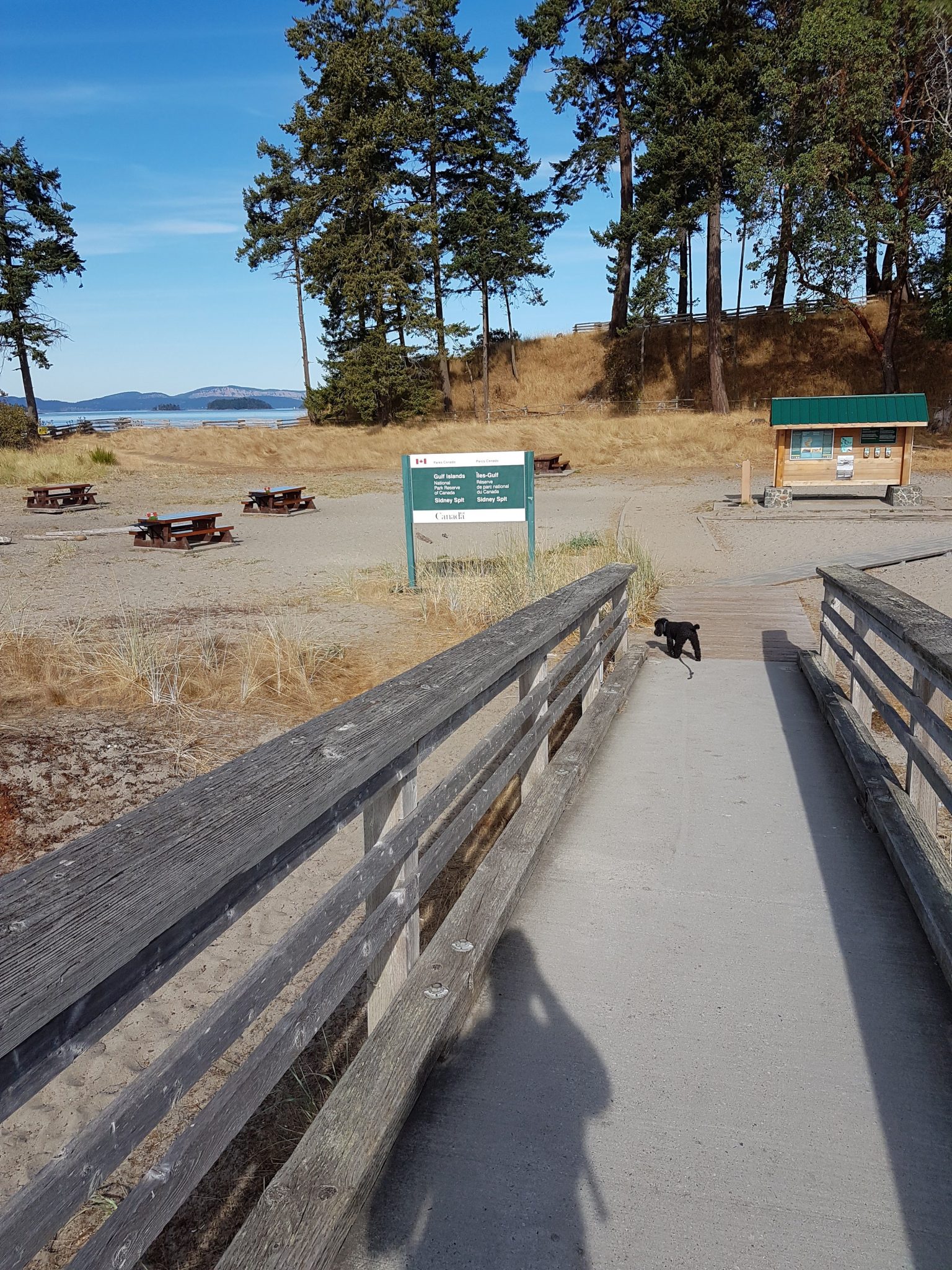Sidney Spit Marine Park
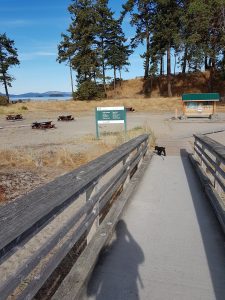
Sidney Spit Marine Park: boasts the finest beaches of all parks in the Victoria region of Vancouver Island. One of the main attractions of the park is the famous sandbar, the Sidney Spit, which is a great place for a picnic. Extensive tidal flats, salt marshes, rolling meadows and spectacular views make up Sidney Spit, located at the north end of Sidney Island, 4 km offshore from the town of Sidney.
The Coast Salish, who used Sidney Island as a summer camp, say that “Mutcha” was a giant mink transformed by the spirit God Swaneset, because of its uncontrollable greed. The long sand spit is Mutcha’s tail, while the beaches are its belly and back.
Within the 400-hectare marine park, the long sandy spit and adjacent lagoon, forests and open grasslands offer a surprising variety of wildlife. Sidney Lagoon and the Spit provide some of the most important shorebird habitat near southern Vancouver Island, especially during migrations. Large flocks of Brant Geese use the park in March and April, and during July and August, hundreds of Rhinoceros Auklets and Heerman’s Gulls will delight birdwatchers.
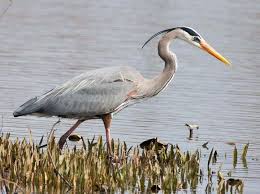
Located on the edge of the Pacific flyway, Sidney Island supports Black Oystercatchers, Marbled Murrelets and Great Blue Herons, Pacific Mew Gulls and many migrating shorebirds. Purple Martins have also made a comeback and can be seen in nesting boxes on both docks.

As you walk through the forest and uplands you may see Fallow deer, a species introduced to neighbouring James Island in the early 1900s. In the 1960s, a number of these small deer swam from James Island across to Sidney Island, where they have been having a dramatic impact on the island’s fragile vegetation ever since.
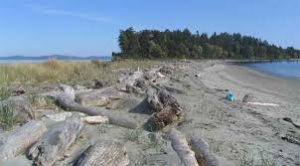
At low tide one can hike along the spit, perfect for beach combing. Relax in the sun, play in the warm water, or kayak along the shoreline. Although Sidney Spit is a busy anchorage for boaters, the trail around the saltwater lagoon and along the log-strewn beach to the southeast sees much less use.
Like that of many neighbouring islands, the topography is a blend of level ground and steep- sided bluffs. Much of the park is situated on a spit of land more or less revealed by the rise and fall of the tides, while a more sheltered upland section of the park lies south of the beach. The island is composed almost entirely of Quaternary drift deposits – unconsolidated sands and gravels deposited by glaciers about 10,000 years ago. They predispose its shoreline to erosion, not to mention the most extensive beaches and the most restless sand.
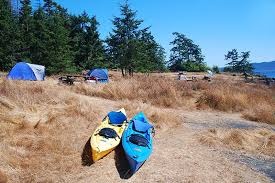 Campsites are located at Sidney Spit, within an easy walk of the federal dock. All the basic amenities are provided. You won’t find a softer surface on which to camp than the park’s white sand. The park has 30 walk-in camping spots. Visitors camping on the island must be registered at a designated campsite before the last ferry leaves for the day.
Campsites are located at Sidney Spit, within an easy walk of the federal dock. All the basic amenities are provided. You won’t find a softer surface on which to camp than the park’s white sand. The park has 30 walk-in camping spots. Visitors camping on the island must be registered at a designated campsite before the last ferry leaves for the day.
Mooring Buoys are located at Sidney Spit. Only one boat is permitted per buoy and vessel size restrictions are printed on the buoys. Fees for mooring buoys are collected from May 15 to September 30. Dock space is also available at Sidney Spit for overnight stays during the season (fee payable), and free dock space is available for dinghies.

